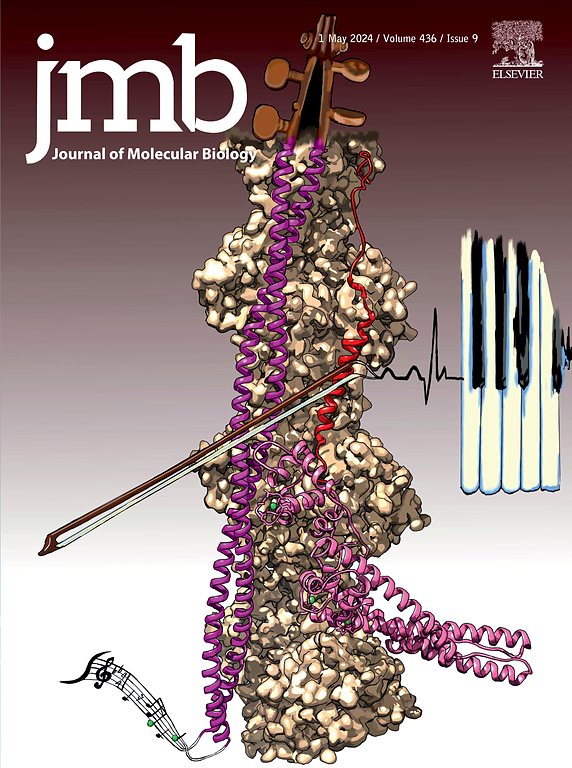A Dual-Selection System for Enhanced Efficiency and Fidelity of Circular RNA Overexpression
IF 4.7
2区 生物学
Q1 BIOCHEMISTRY & MOLECULAR BIOLOGY
引用次数: 0
Abstract
Circular RNAs (circRNAs) are essential regulators of cellular processes, but are challenging to study using traditional methods. Overexpression approaches, such as the use of linearized plasmids and viral vectors, often result in high rates of false-positive clones, where cells retain selection markers without expressing the target circRNA. This study addresses this limitation by developing a dual-selection circRNA system designed to enhance the accuracy and reliability of circRNA overexpression. Our system integrates a fluorescent reporter gene upstream of the circRNA expression cassette, under a shared promoter, and a downstream antibiotic resistance marker, allowing for both antibiotic selection and flow cytometric cell-sorting to identify and enrich cells with genuine circRNA expression. We successfully incorporated this system into an inducible lentiviral vector for controlled overexpression in various cell types. The dual-selection circRNA system offers a significant advance for circRNA research and studies of other RNA species where accurate and reliable overexpression is essential.

提高环状RNA过表达效率和保真度的双重选择系统。
环状rna (circRNAs)是细胞过程的重要调节因子,但使用传统方法进行研究具有挑战性。过度表达方法,如使用线性化质粒和病毒载体,通常会导致假阳性克隆的高比例,其中细胞保留选择标记而不表达目标circRNA。本研究通过开发一种双选择circRNA系统来解决这一限制,该系统旨在提高circRNA过表达的准确性和可靠性。我们的系统集成了circRNA表达盒上游的荧光报告基因,在共享启动子下,以及下游的抗生素耐药性标记物,允许抗生素选择和流式细胞术细胞分选,以鉴定和丰富真正circRNA表达的细胞。我们成功地将该系统整合到一个可诱导的慢病毒载体中,在各种细胞类型中控制过表达。双选择circRNA系统为circRNA研究和其他RNA物种的研究提供了重大进展,在这些物种中,准确可靠的过表达是必不可少的。
本文章由计算机程序翻译,如有差异,请以英文原文为准。
求助全文
约1分钟内获得全文
求助全文
来源期刊

Journal of Molecular Biology
生物-生化与分子生物学
CiteScore
11.30
自引率
1.80%
发文量
412
审稿时长
28 days
期刊介绍:
Journal of Molecular Biology (JMB) provides high quality, comprehensive and broad coverage in all areas of molecular biology. The journal publishes original scientific research papers that provide mechanistic and functional insights and report a significant advance to the field. The journal encourages the submission of multidisciplinary studies that use complementary experimental and computational approaches to address challenging biological questions.
Research areas include but are not limited to: Biomolecular interactions, signaling networks, systems biology; Cell cycle, cell growth, cell differentiation; Cell death, autophagy; Cell signaling and regulation; Chemical biology; Computational biology, in combination with experimental studies; DNA replication, repair, and recombination; Development, regenerative biology, mechanistic and functional studies of stem cells; Epigenetics, chromatin structure and function; Gene expression; Membrane processes, cell surface proteins and cell-cell interactions; Methodological advances, both experimental and theoretical, including databases; Microbiology, virology, and interactions with the host or environment; Microbiota mechanistic and functional studies; Nuclear organization; Post-translational modifications, proteomics; Processing and function of biologically important macromolecules and complexes; Molecular basis of disease; RNA processing, structure and functions of non-coding RNAs, transcription; Sorting, spatiotemporal organization, trafficking; Structural biology; Synthetic biology; Translation, protein folding, chaperones, protein degradation and quality control.
 求助内容:
求助内容: 应助结果提醒方式:
应助结果提醒方式:


